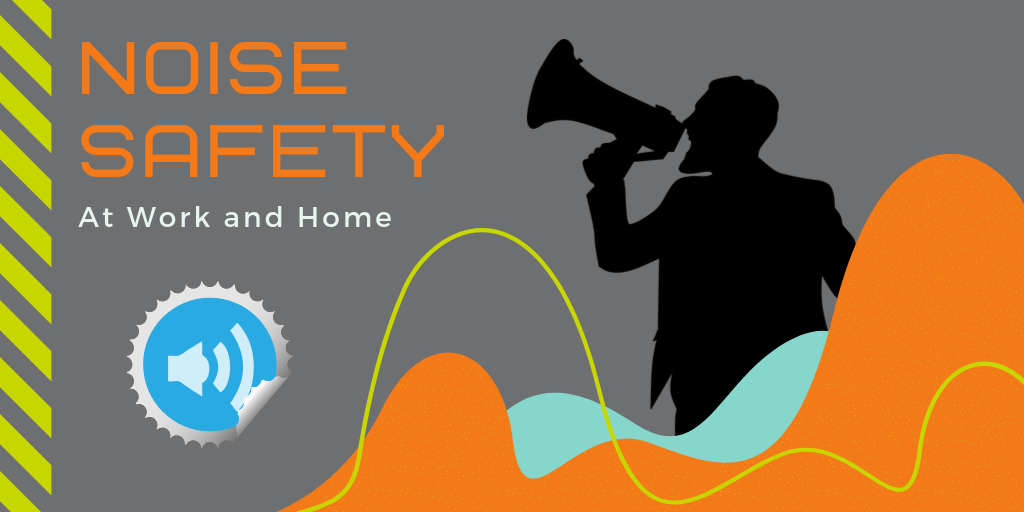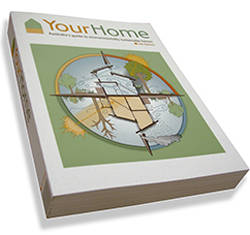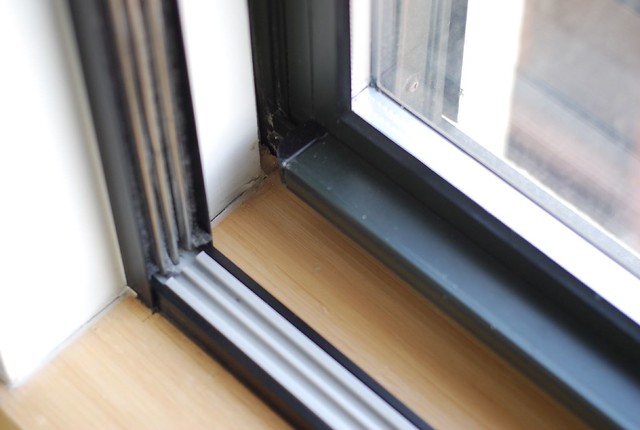Noise is often the silent hazard; a hazard that affects many Australians. Exposure to prolonged high levels of noise, or loud impact or explosive sounds, can lead to noise-induced hearing loss (NIHL) (Department of Mines, Industry Regulation and Safety 2019) and other hearing impairments such as Tinnitus (ringing in the ears). Hearing impairments can affect your quality of life, and hearing aids can only provide a limited benefit (Worksafe Western Australia Commission 2002). According to Safe Work Australia, approximately 28-32% of Australia’s workforce is potentially exposed to loud noise at work (Safe Work Australia 2019).
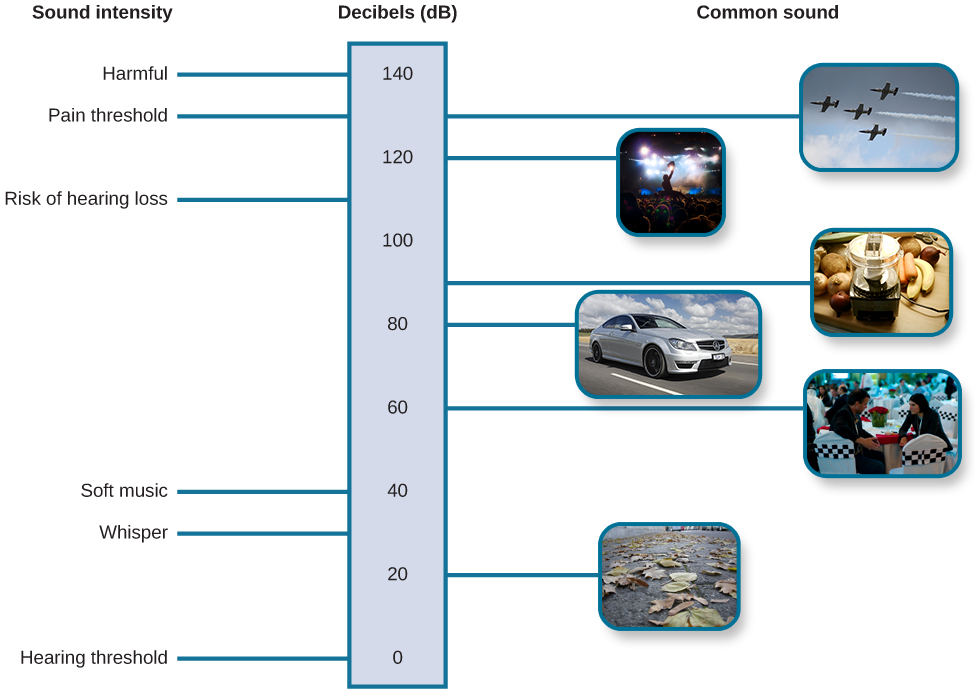
Excessive noise not only affects an individual’s hearing; it is also a hazard that can contribute to accidents at home and in the workplace. A worker that is distracted by loud noise is less aware of their surroundings and potential safety hazards around them. Workplaces may also experience increased absenteeism, employee turnover and lowered performance where noise is an issue (Worksafe Western Australia Commission 2002).
In households, loud or uncomfortable noise levels will affect sleep and conversations, which leads to fatigue, irritability, headache and stress. Neighbourhood, building and traffic noise should be managed in order to improve the quality of your home environment (Milne 2013).
Exposure and Excessive Noise
We measure noise by sound pressure level and express it using the logarithmic scale of decibels (dB). The bigger the sound pressure wave the louder the noise, and the higher the risk of hearing damage (WorkSafe WA 2014).
In locations where the noise level is above 85 dB, people are likely to experience hearing damage with prolonged exposure. In Australia, the legally acceptable maximum exposure level in the workplace is equivalent to 85dB a day (exposure equivalent to the energy produced by noise at 85dB over 8 hours). Peak noise levels should also not exceed 140 dB at any point. Sound above 140dB can cause immediate hearing damage (Safe Work Australia 2019).
Some levels of noise for comparison:
- 30 dB – Whispering
- 60 dB – Normal conversation
- 80 dB – Kerbside heavy traffic
- 90 dB – Lawnmower
- 110 dB – Chain saw
- 140 dB – Jet plane taking off (at 30m)

30 dB – Whispering 
60 dB – Conversation 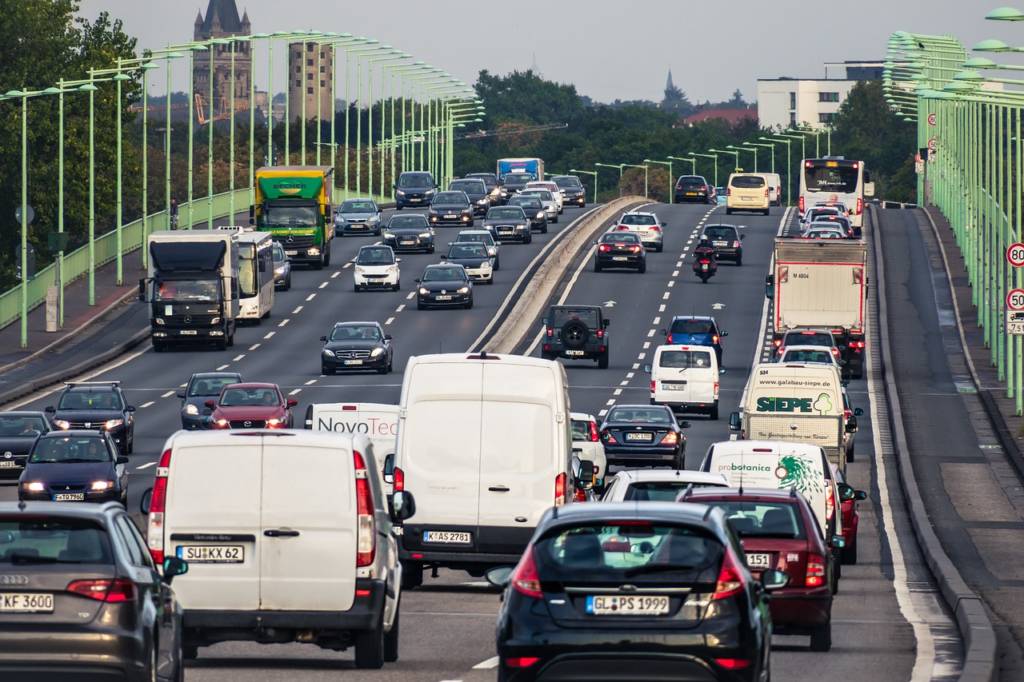
80 dB – Kerbside Traffic 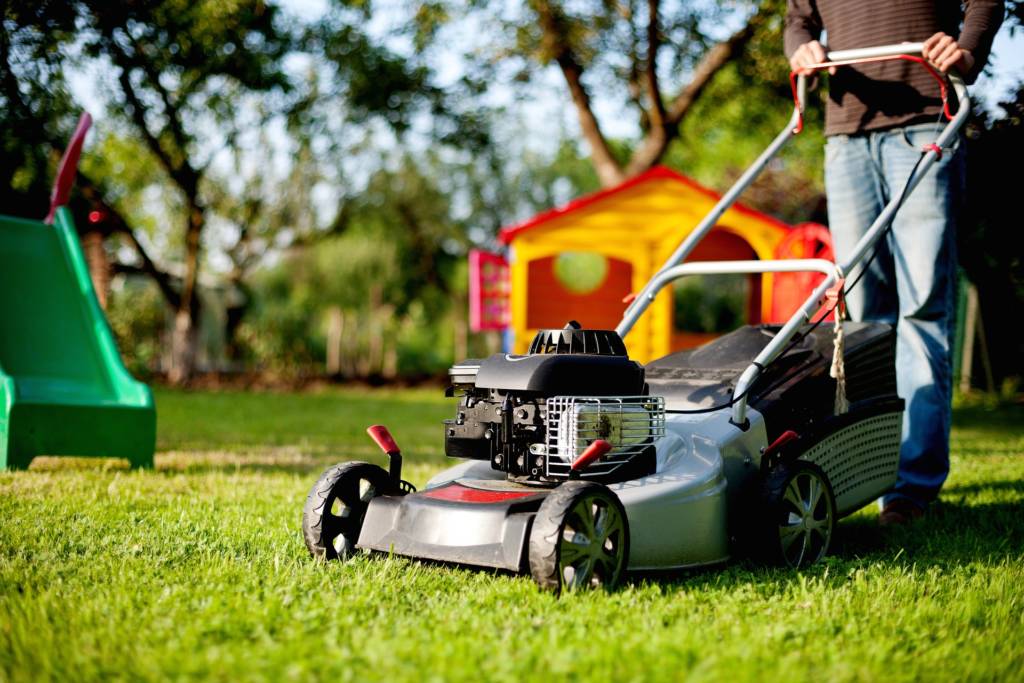
90 dB – Lawnmower 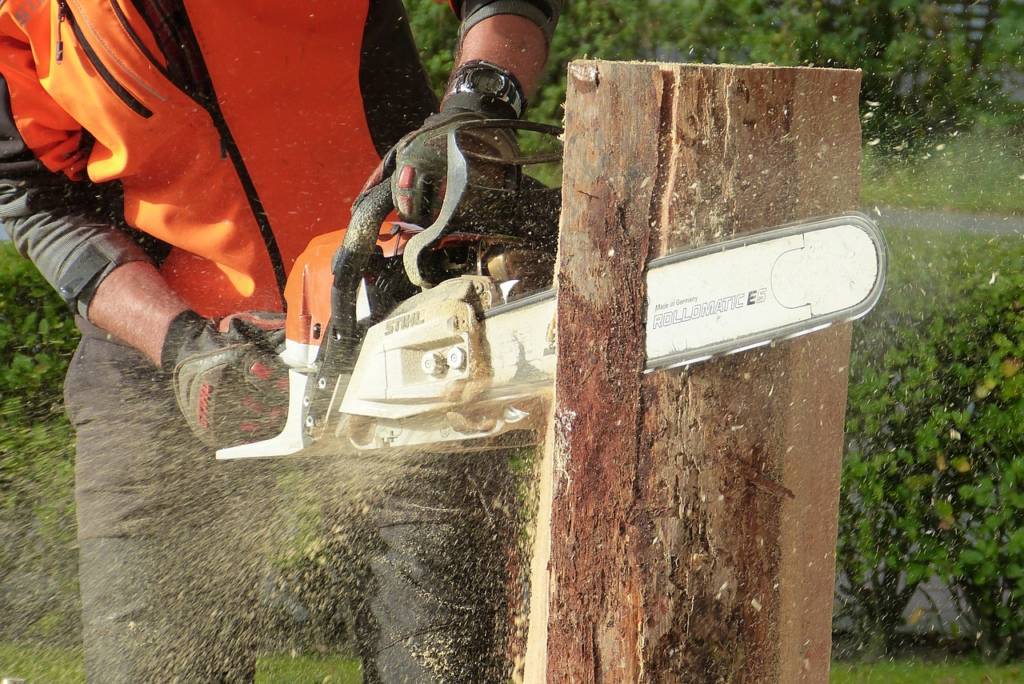
110 dB – Chain saw 
140 dB – Jet Plane
The manufacturing, construction and mining industries often experience the most noise-related injuries. However, all workplaces should make efforts to reduce worker’s exposure to high-level noise. If the work is requiring attentiveness and is fast-paced, routine or involves conversations noise levels should be kept below 70 dB. It is best to keep workplace noise levels below 50 dB if the work requires a high level of concentration or detailed conversation (Safe Work Australia 2019).
Managing Noise at Work
All workers are entitled to a safe work environment. It involves contributions and efforts from both the employer and workers to develop a work environment that managed noise hazards.

It is the employer’s responsibility to identify and address workplace hazards including those related to noise. As a general guide; if you need to raise your voice to talk with someone less than a metre away, it is likely that your workers are being exposed to high levels of noise and a workplace noise assessment should be undertaken. A workplace noise assessment should be conducted by a qualified and experienced person (Comcare 2016).
The most effective method of controlling workplace noise exposure is to reduce or eliminate the noise at its source. This may involve engineering controls such as:
- Purchasing low noise level equipment
- Modifying equipment to reduce noise
- Isolating the source of the noise by enclosing it in sound-absorbing materials
- Working with a quieter process – if a certain activity is too noisy look for an alternative way to complete that activity
- Ensure that equipment has regular maintenance so that it operates correctly
However, if the source of the noise cannot be reduced to below 80dB, then the exposure should be limited through administrative controls such as scheduling noisy activities when fewer workers are not present, isolating noise from workers or using a job rotation to limit a person’s daily exposure.
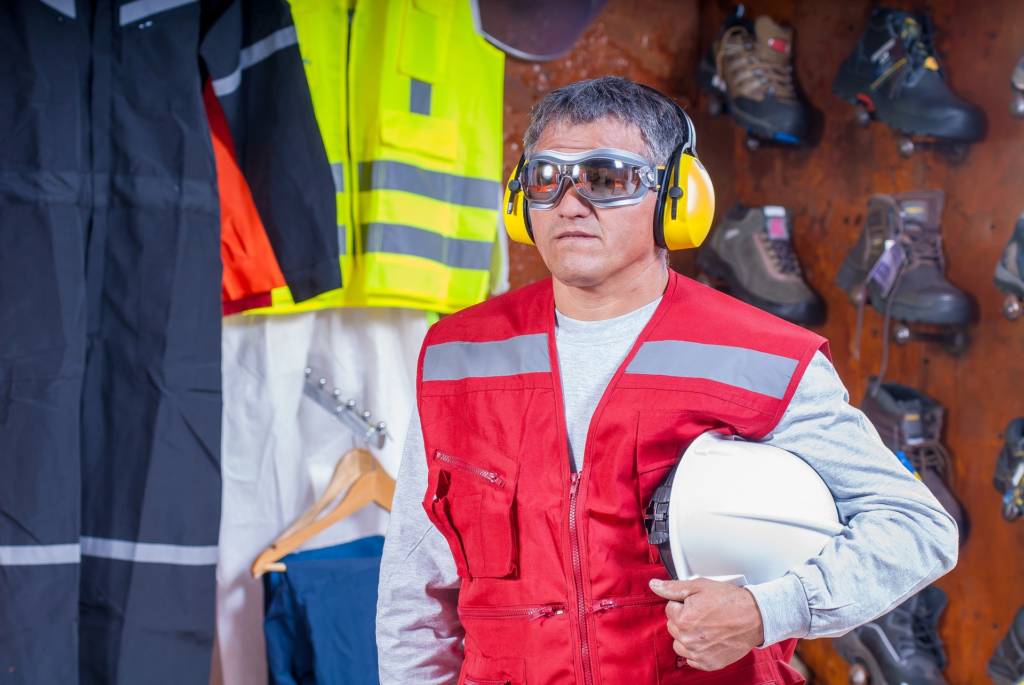
If noise levels are still above 80dB, even after integrating the above action, then employee must wear personal hearing protectors. Personal hearing protectors include earplugs and earmuffs. These protectors should be practical to wear and be comfortable. Please note that personal hearing protectors are only a temporary control measure. The employer should still make an effort to reduce noise at its source or limit exposure where practical (WorkSafe WA 2014).
Workers also have a duty to take reasonable care for their own hearing (and not adversely affect others around them). Workers should use the hearing protection provided; wear the protection before entering a noisy area and don’t remove it until you have left that area. Workers should also report any problems with hearing protection equipment to their employer as soon as it is observed(Department of Mines, Industry Regulation and Safety 2019).
Managing Noise at Home
Every day our households are exposed to various neighbourhood, traffic and building noises. We produce a lot of noise in our busy lives. If left unmanaged these noises can escalate and disrupt the quality of your home environment. For households, noise can be any unwanted sound (Vandervort 2019), so it is important to be aware that everyone’s perception of what is noise can be different.
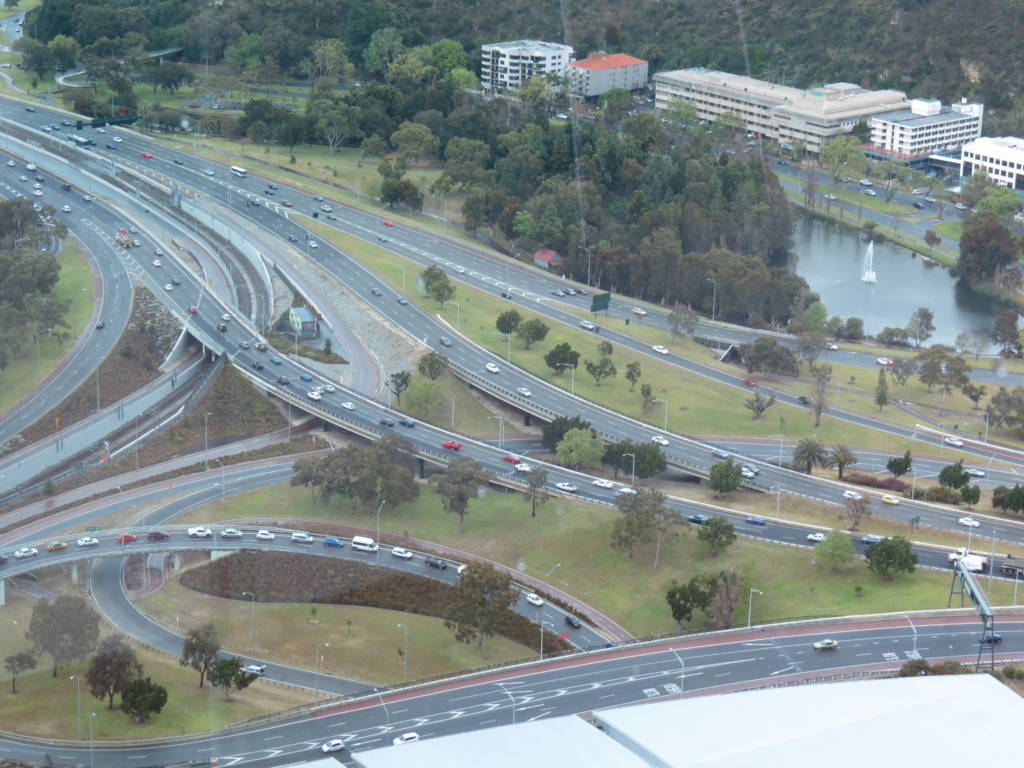
Neighbourhood noise has many sources including household and garden appliances, alarms, pets and animals, TVs and sound systems, aircraft traffic and air conditioners/evaporative/refrigeration units. Traffic noise affects many Australians and will continue to be a health issue as traffic levels to increase (Milne 2013). The increasing development of medium to high-density housing areas is increasing noise complaints in many suburbs. Unfortunately, many of these new homes are not designed to block out external noise.
Flat surfaces and parallel walls tend to reflect soundwaves well, and that’s why rooms such as bathrooms and laundries can be quite noisy. Less uniform or ‘softer’ surfaces, however, provides less opportunity for sound to bounce off.
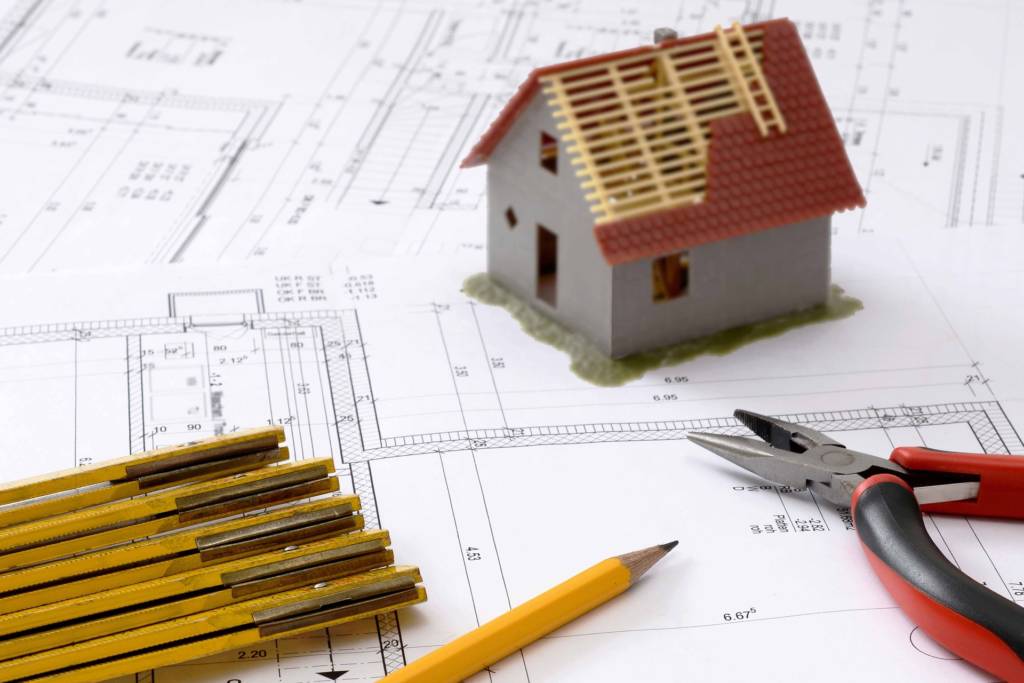
If you are building or renovating your house consider incorporating sound-insulating designs into your plans. It is easier and less expensive to incorporate good sound design into your homes before you build than it is to make changes to an established building. Consider designing your home to separate quiet rooms such as bedrooms from noisy rooms such as the laundry. Use building materials that reduce noise such as window glazing, insulations and sound-absorbing materials like carpet. Build ‘sound barriers’ around your home through vegetation or walls/fences (Milne 2013). The Australian Government’s YourHome has some useful guidelines on designing homes for Noise Control.
There are methods of reducing noise coming into or generated from established homes, such as:
- Seal windows and doors
- Soundproof your laundry
- Absorb noise with soft surface materials
- Purchase quieter appliances
- Separate noisy appliances from each other and from quiet rooms.
- Close windows and doors against loud noises
We all have the responsibility to protect our own hearing and the amenity of your neighbourhood. This can be achieved by wearing hearing protection when using loud equipment such as lawnmowers and power tools and by operating loud appliances during the day, and not at night.
Sound is part of everyday life, but it also has the potential to be a hazard that can cause irreversible damage to your health. Preventing exposure to loud and explosive sounds by addressing the source and applying engineering controls to reduce exposure are the best method of managing noise. If you or your organisation would like to address potential noise hazards in your workplace, contact Integrate Sustainability by phone on 089468 0338 or by email enquiries@integratesustainability.com.au.
References
Comcare. 2016. FAQs about noise. July 07. Accessed September 17, 2019. https://www.comcare.gov.au/preventing/hazards/physical_hazards/noise/FAQs_about_noise.
Department of Mines, Industry Regulation and Safety. 2019. Guidance about noise management and hearing conservation. Accessed September 17, 2019. http://www.dmp.wa.gov.au/Safety/Guidance-about-noise-management-6891.aspx.
Milne, Geoff. 2013. “Noise Control.” YourHome. Accessed September 17, 2019. http://www.yourhome.gov.au/housing/noise-control.
Safe Work Australia. 2019. Noise. July 29. Accessed September 20, 2019. https://www.safeworkaustralia.gov.au/noise#overview.
Vandervort, Don. 2019. 8 Sound Proofing Secrets for a Quieter Home. September 20. Accessed September 24, 2019. https://www.hometips.com/buying-guides/soundproofing-insulation.html.
Victorian Trades Hall Council. 2015. Noise. Accessed September 17, 2019. https://www.ohsrep.org.au/noise_eh0hjzpvr9q-g3hvyx8tfg.
WorkSafe WA. 2014. An introduction to noise at work. May 9. Accessed September 20, 2019. https://www.commerce.wa.gov.au/worksafe/introduction-noise-work.
Worksafe Western Australia Commission. 2002. “Code of Practice – Managing Noise at Workplaces.” Department of Mines, Industry Regulations and Safety. March 19. Accessed September 17, 2019. https://www.commerce.wa.gov.au/sites/default/files/atoms/files/code_noise_workplace.pdf.

